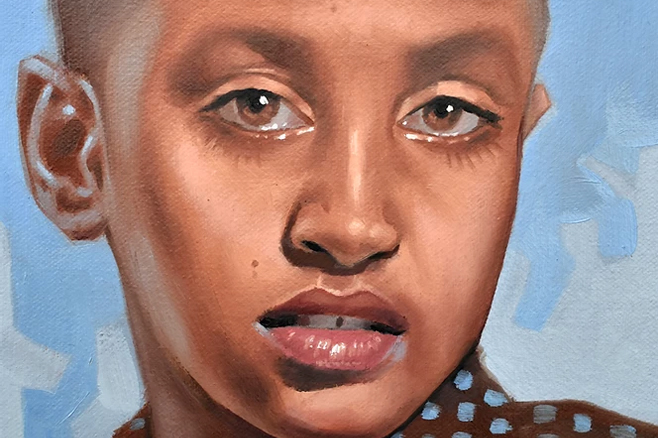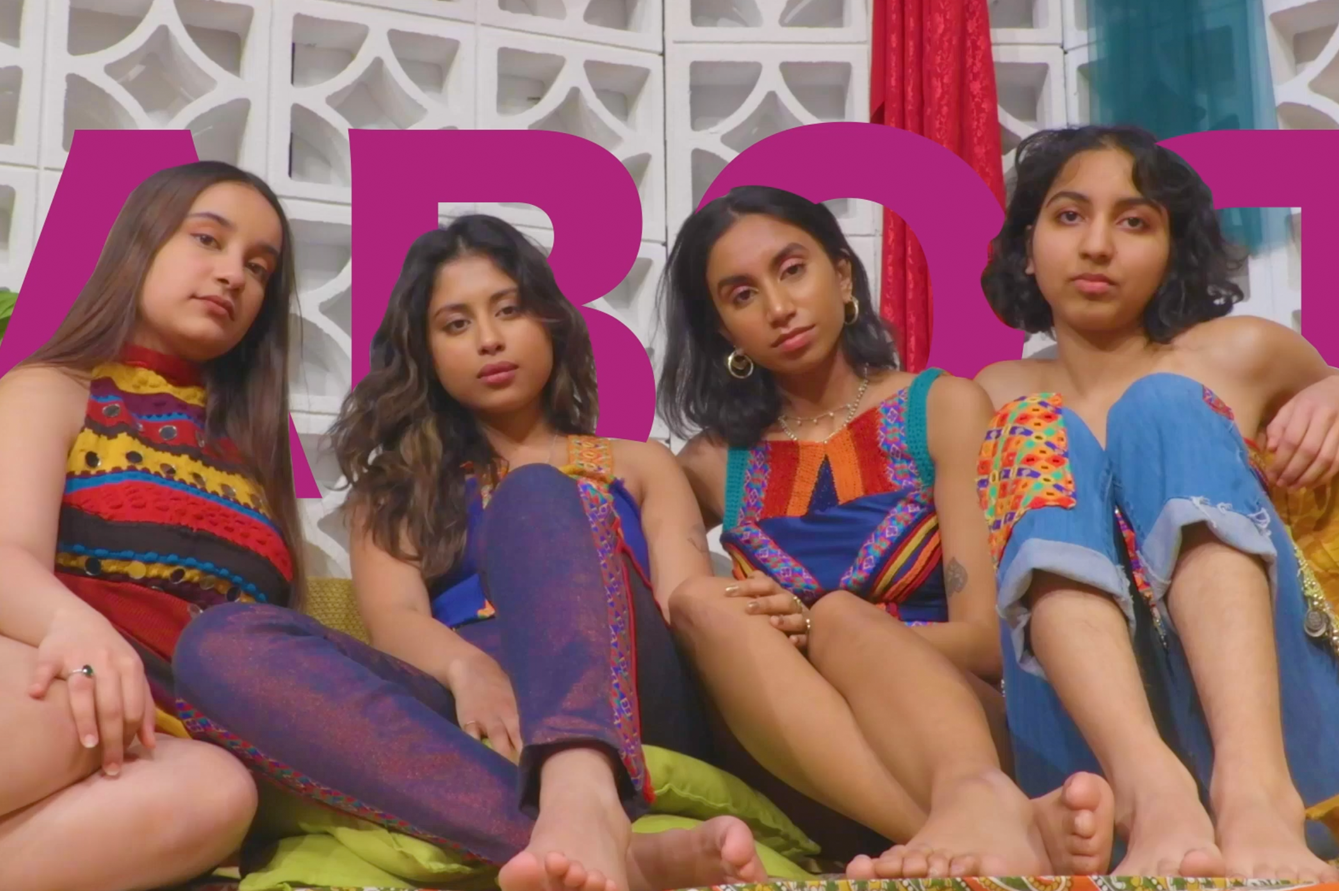01
UNDERSTANDING CONTEXT

“Racism is prejudice, discrimination, violence,
generalization, and microaggression
towards
marginilized groups of people in a society based
on their identity within a racial or ethnic group.”
“Racism is prejudice, discrimination, violence, generalization, and microaggression
towards marginilized groups of people in a society based on their identity within a racial or ethnic group.”
— Samantha Vassor, Interdisciplinary Sculpture ’20

What is this?
What is this for?
This resource and discussion guide is designed to be one entry point to our campus wide discussion of race and racial inequity. If race is new for you, if you feel inexperienced or uncomfortable talking about race, or if you are committed to having open and empathetic discussions with people from other backgrounds, this guide is for you.
This guide aims to support students at MICA by exploring how race has historically brought groups together while also creating challenges to solidarity. Throughout the guide, we will look at racial history, tips for talking about race, and works from MICA students who are exploring their racial identity and issues of racial justice. Throughout the guide there are quotes that reflect the perspectives of MICA students. Each section will conclude with discussion questions that can be used as a tool for personal reflection or prompts for discussions with friends, classmates, and professors.
This guide aims to support students at MICA by exploring how race has historically brought groups together while also creating challenges to solidarity. Throughout the guide, we will look at racial history, tips for talking about race, and works from MICA students who are exploring their racial identity and issues of racial justice. Throughout the guide there are quotes that reflect the perspectives of MICA students. Each section will conclude with discussion questions that can be used as a tool for personal reflection or prompts for discussions with friends, classmates, and professors.


Why?
See the differences.
MICA is a diverse community. Contributions from people with diverse viewpoints, experiences, and cultural backgrounds result in more nuanced, stronger, broader, and more interesting discussions and projects. Diversity may complicate communication; however, underneath differences in gender expression, sexual orientation, racial, religious, cultural, and age, is the shared experience of being human and being artists and designers. Ethnicity may not be a common topic for discussion in some countries. Some students might not be familiar with this topic and have no experience talking about race before they arrived at MICA. Viewing differences and considering our own racial identity may cause misunderstanding between people from different cultures and countries or people who have different identities or perspectives. For instance, people often use the word “Asian” to represent all people who are from that area and see them as the same. However, it is important to realize that Asia encompasses a large area of more than 40 countries with diverse cultures that represent almost 60% of the world population. Likewise, it is respectful to realize people from other regions and states in the U.S. might also see things from different perspectives.
All of us bring our own cultural understanding of race to MICA. People in our community and on campus should try to recognize these differing societal, institutional and familial values. Although examining our attitudes and even implicit biases isn’t comfortable, it allows us to broaden our viewpoints and have a better understanding about each other by thinking about race with an open mind reduces potential misunderstandings.
All of us bring our own cultural understanding of race to MICA. People in our community and on campus should try to recognize these differing societal, institutional and familial values. Although examining our attitudes and even implicit biases isn’t comfortable, it allows us to broaden our viewpoints and have a better understanding about each other by thinking about race with an open mind reduces potential misunderstandings.
“Racism is an action rooted in ignorance and fear of difference.
It is when people believe and further the limited narratives their egos create,
so they can feel superior towards and continue to marginalize others.”
— Divya Nayar, Graphic Design ’20
